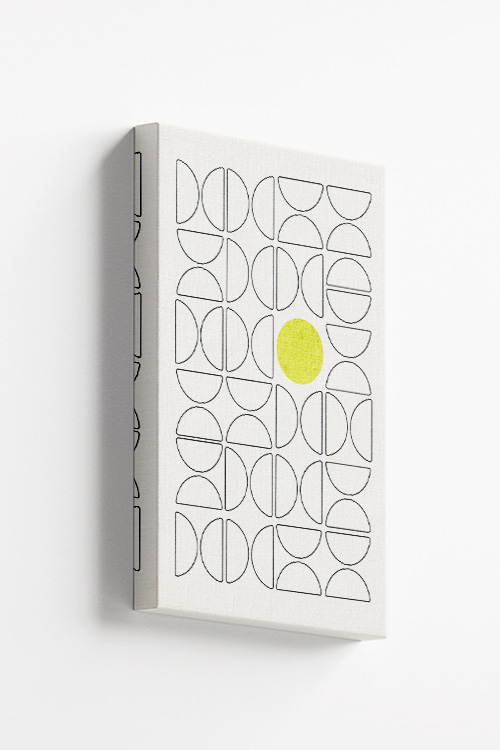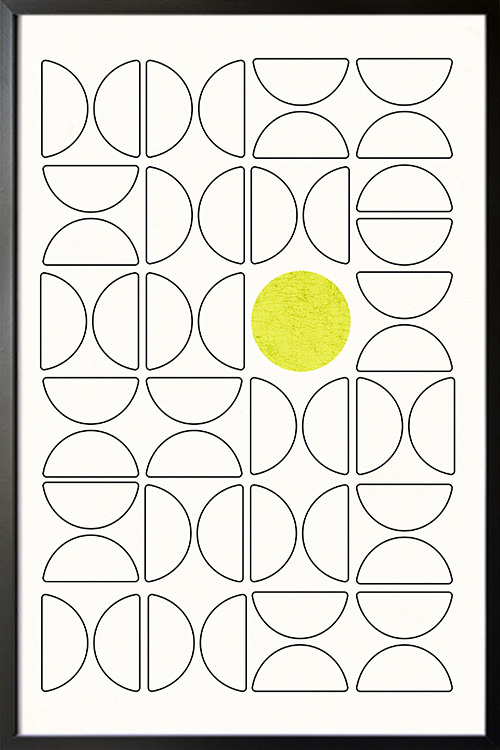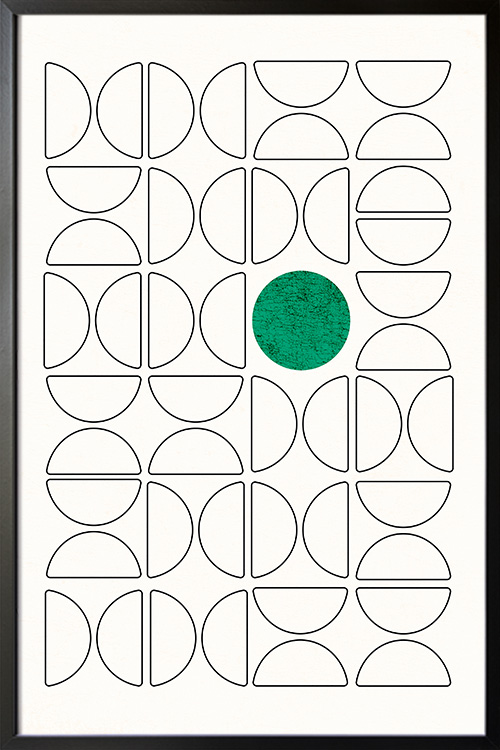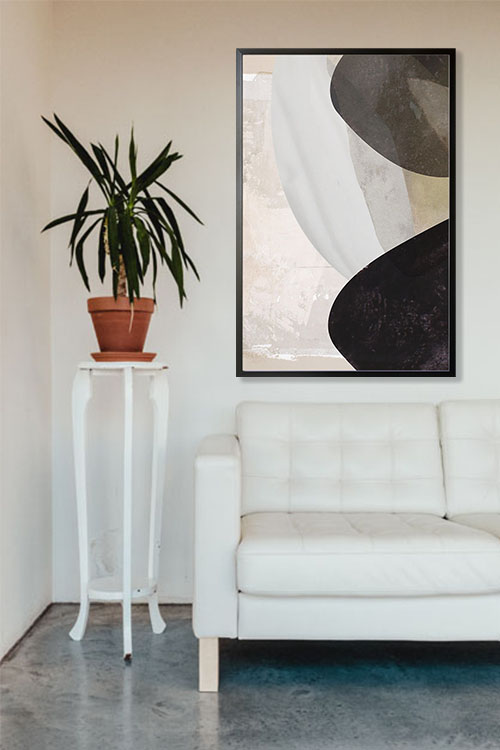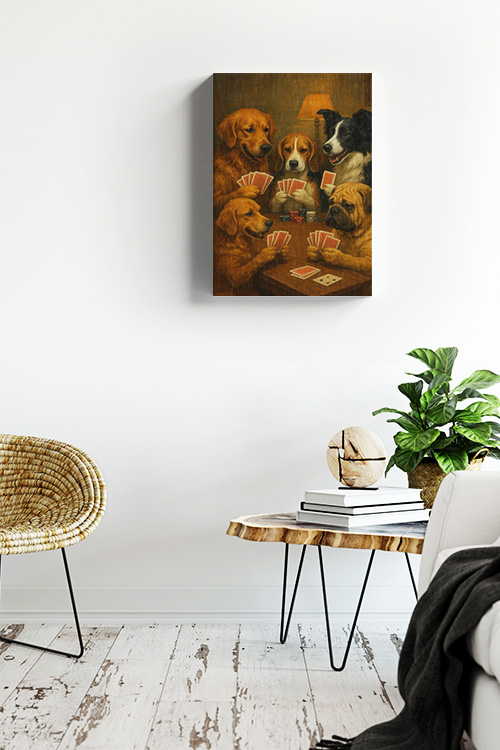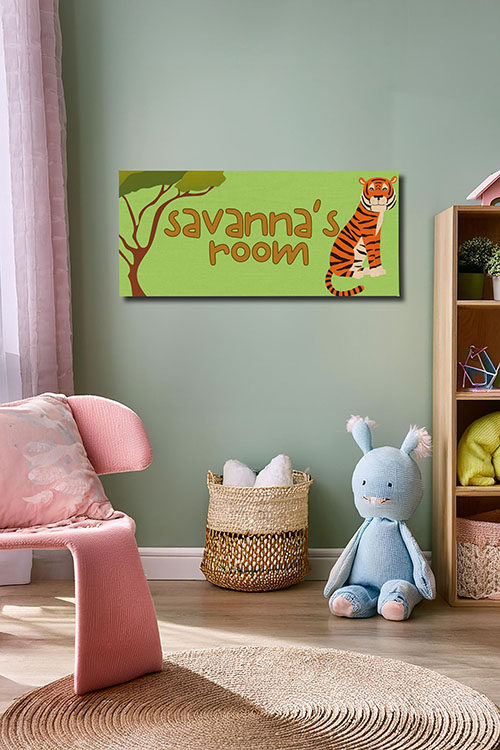
Creating a nursery is one of the most joyous and thrilling parts of preparing for a new baby. It’s more than just decorating a room. It’s about crafting a safe, calming, and joyful space for your little one to grow. For new parents, the prospect of designing a nursery can be both exciting and a bit overwhelming. Still, with careful planning and a touch of creativity, it can become a beautiful expression of love and anticipation.
Start with a Theme or Color Palette
Choosing a theme or color scheme gives the nursery a cohesive look and sets the mood. Soft pastels, such as mint green, blush pink, or sky blue, offer a soothing atmosphere, while bold colors like mustard yellow or navy can add a modern twist. Popular nursery themes include woodland animals, celestial stars, ocean adventures, or storybook-inspired designs. Don’t be afraid to mix and match, as long as the elements complement each other.
Focus on Safety and Comfort
Safety should always be the top priority. Invest in a quality crib that meets current safety standards and avoid placing pillows, blankets, or plush toys inside. Secure furniture to the walls to prevent tipping, cover electrical outlets, and choose cordless window treatments. A soft area rug, blackout curtains, and a cozy rocking chair can enhance comfort for both baby and parent, providing a sense of security and peace of mind.
Functionality is Key
A well-designed nursery is both practical and visually appealing. Consider how you’ll use the space daily. A changing table with storage underneath, open shelves for quick access to diapers and wipes, and labeled bins for toys and clothes help maintain order. Consider placing a dimmable nightlight near the feeding area for nighttime convenience.
Personal Touches Make it Special.
Incorporate personal elements to make the nursery feel unique. Hang framed art prints or custom name signs above the crib. Display baby’s ultrasound photos or hand-me-down keepsakes from family members. These heartfelt details not only create a nurturing environment full of warmth and love but also allow you to feel connected and involved in the process.
Leave Room to Grow
Babies grow quickly, and so will their needs. Design a space that can evolve with your child. Opt for furniture that transitions, such as a crib that converts into a toddler bed, or a decor that isn’t too baby-specific. Neutral walls with interchangeable accessories can easily adapt as your child’s tastes change.
In a Nutshell
Designing a nursery is a special project that combines love, creativity, and care. For new parents, it’s not just about aesthetics. It’s about setting the stage for countless firsts. By focusing on safety, function, and a bit of style, you can create a space where you and your baby feel right at home. Whether it’s whimsical, modern, or classic, the perfect nursery reflects your family’s heart.
